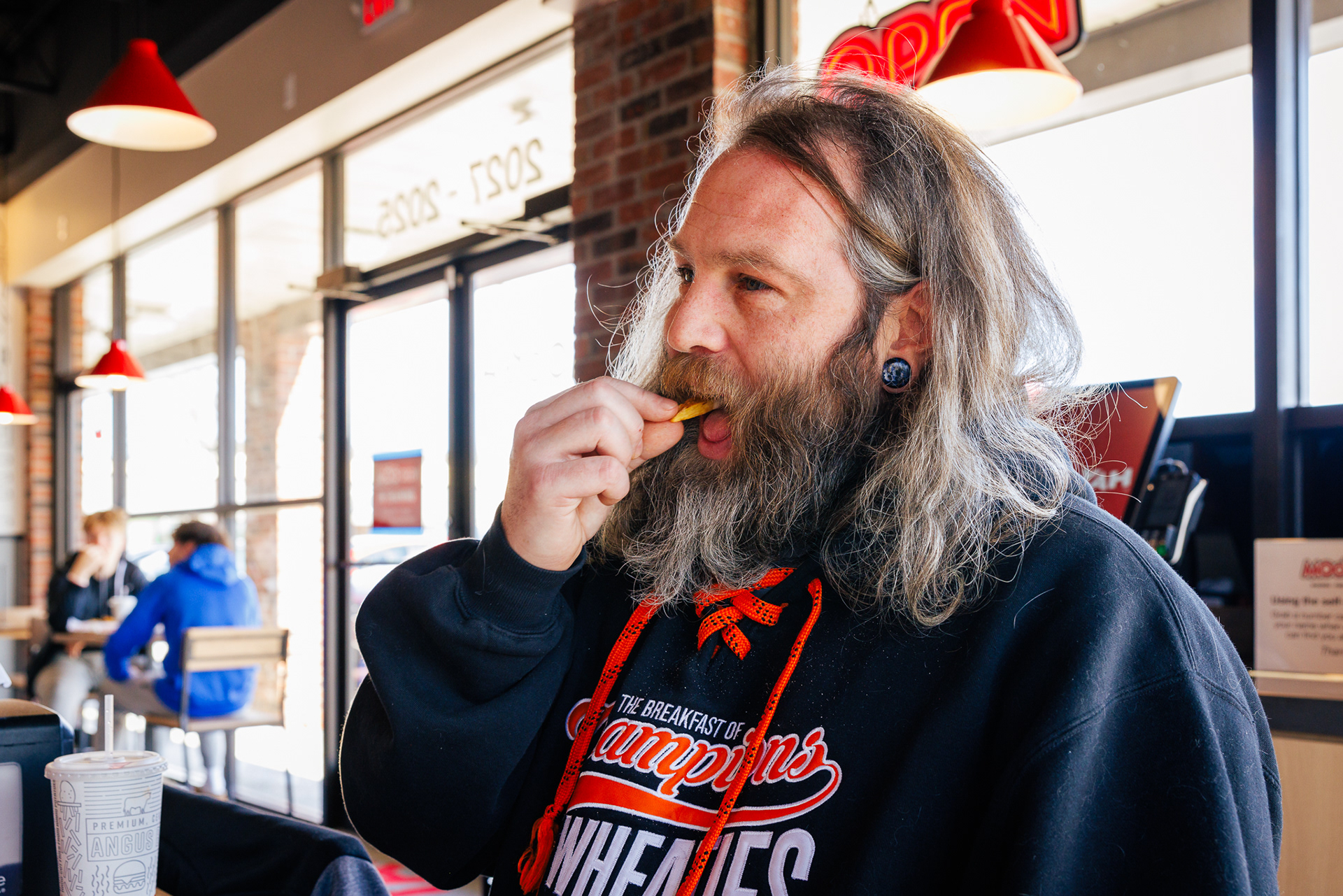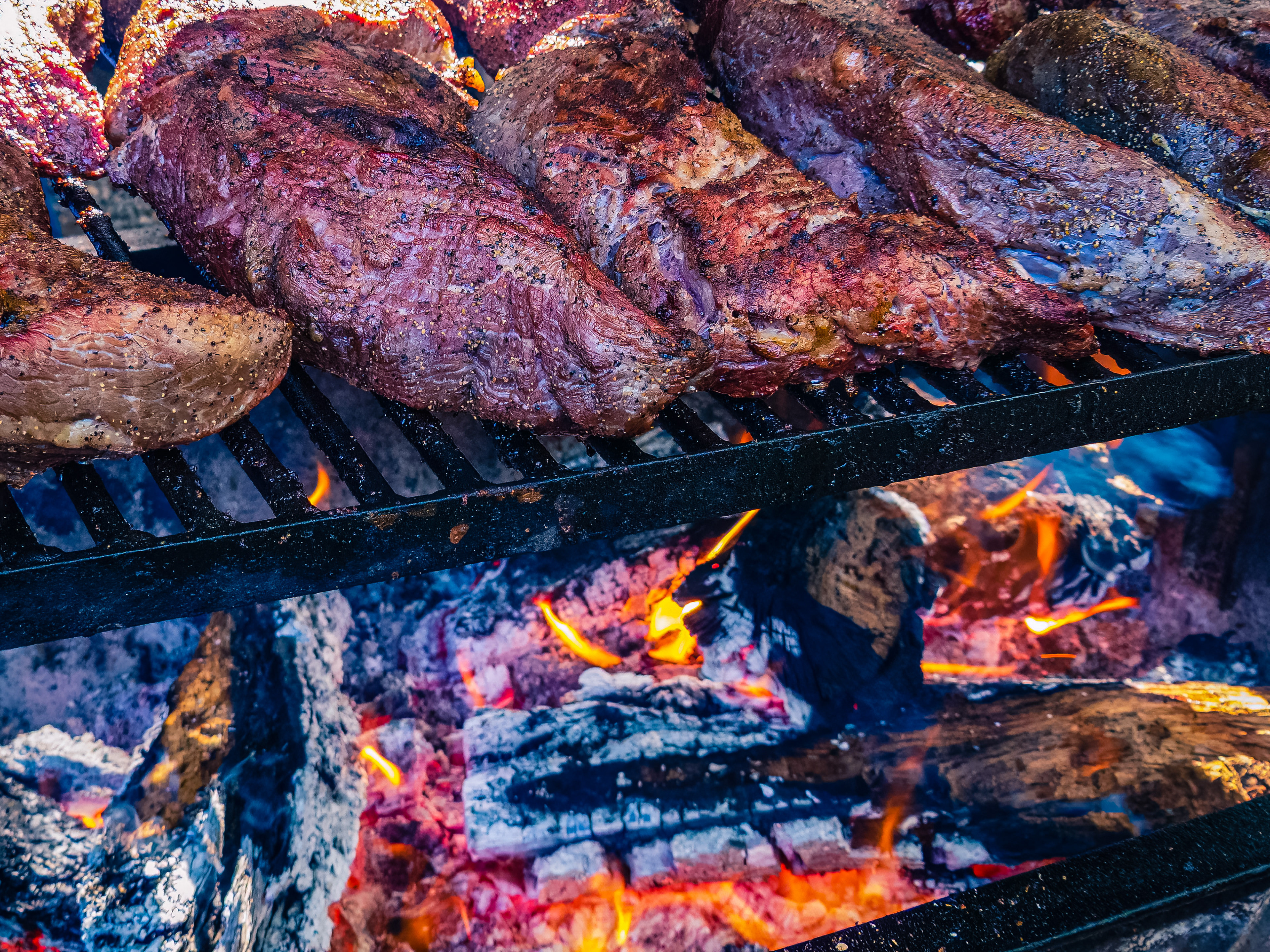
BBQ
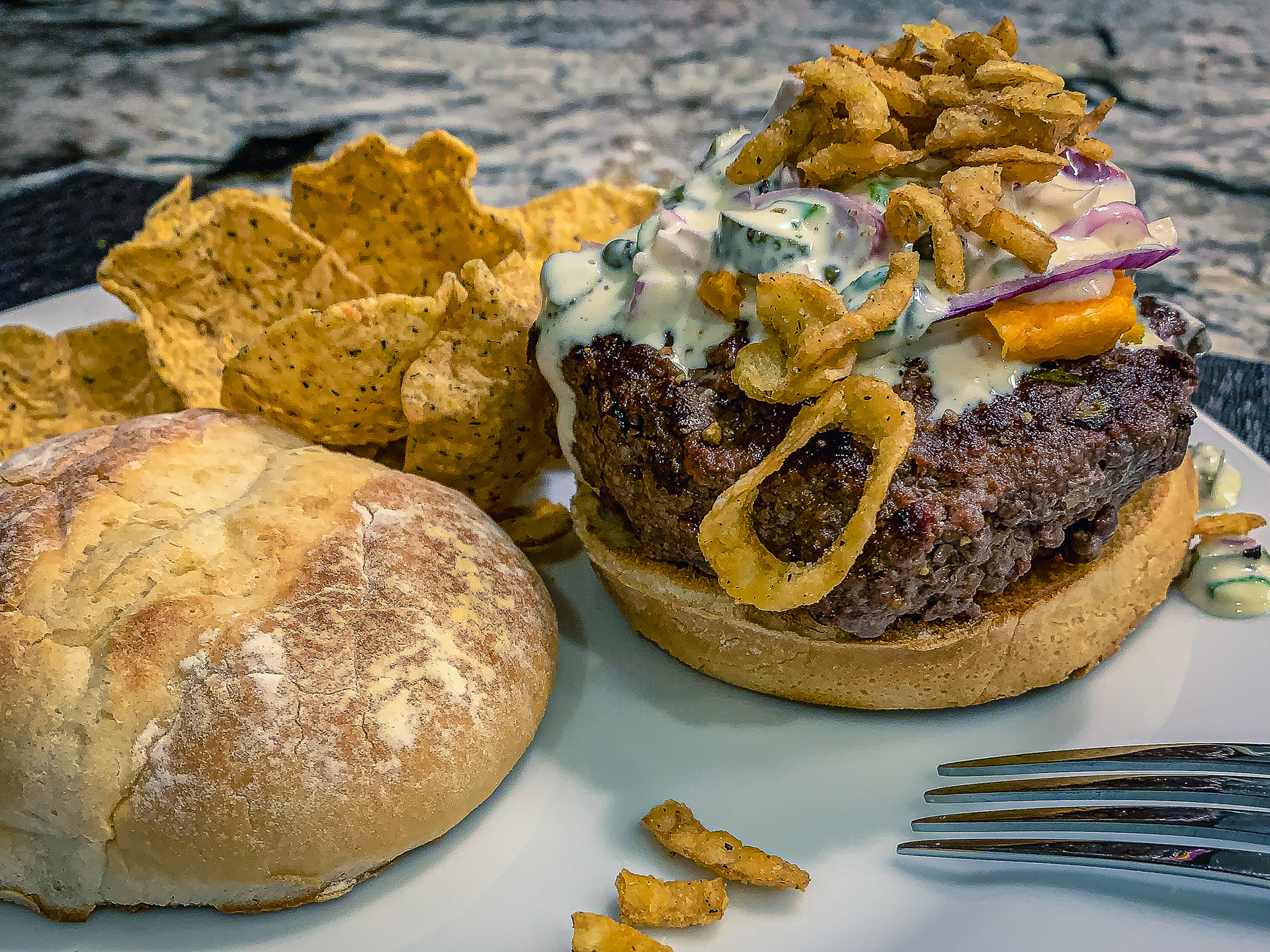
Hamburger
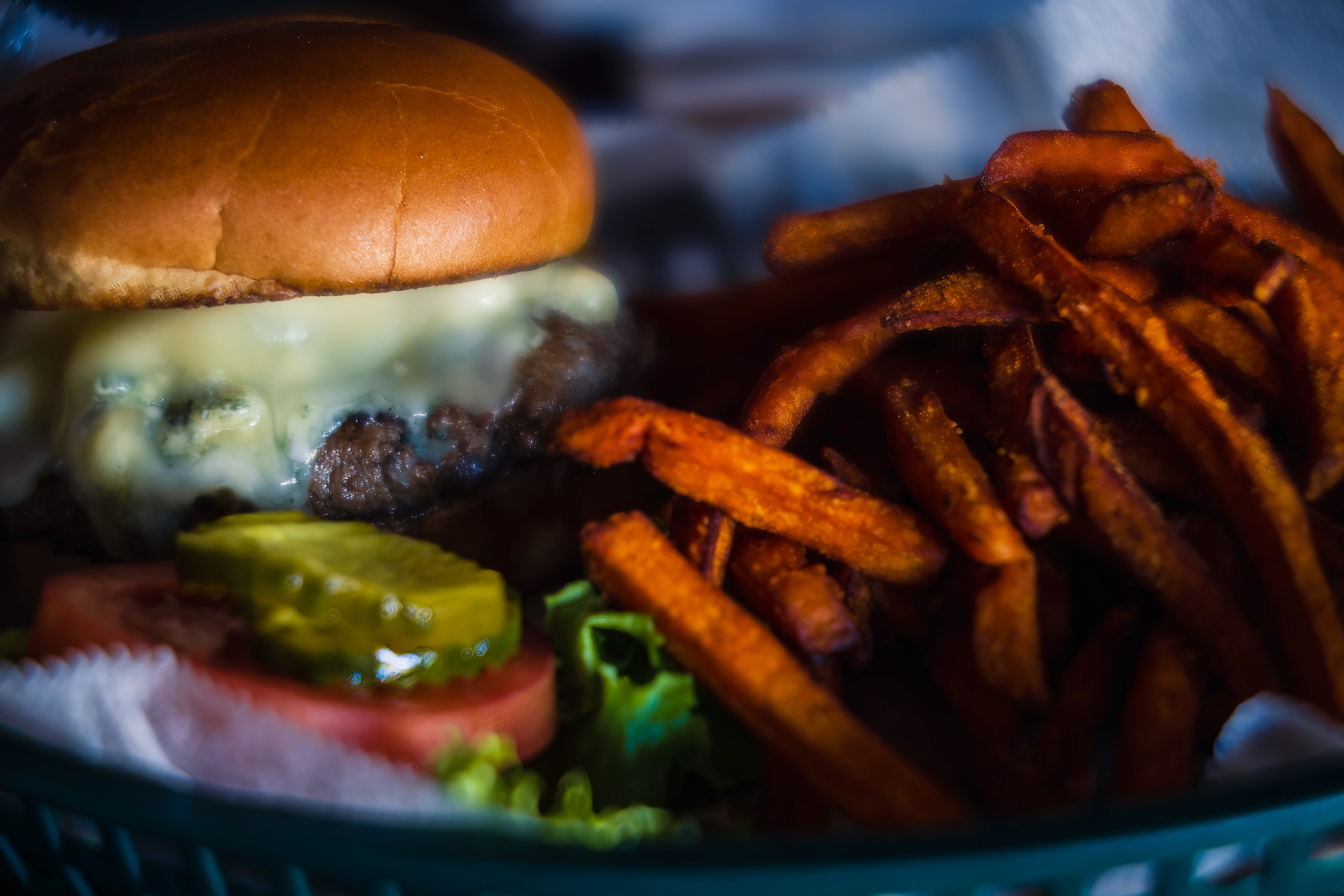
Hamburger
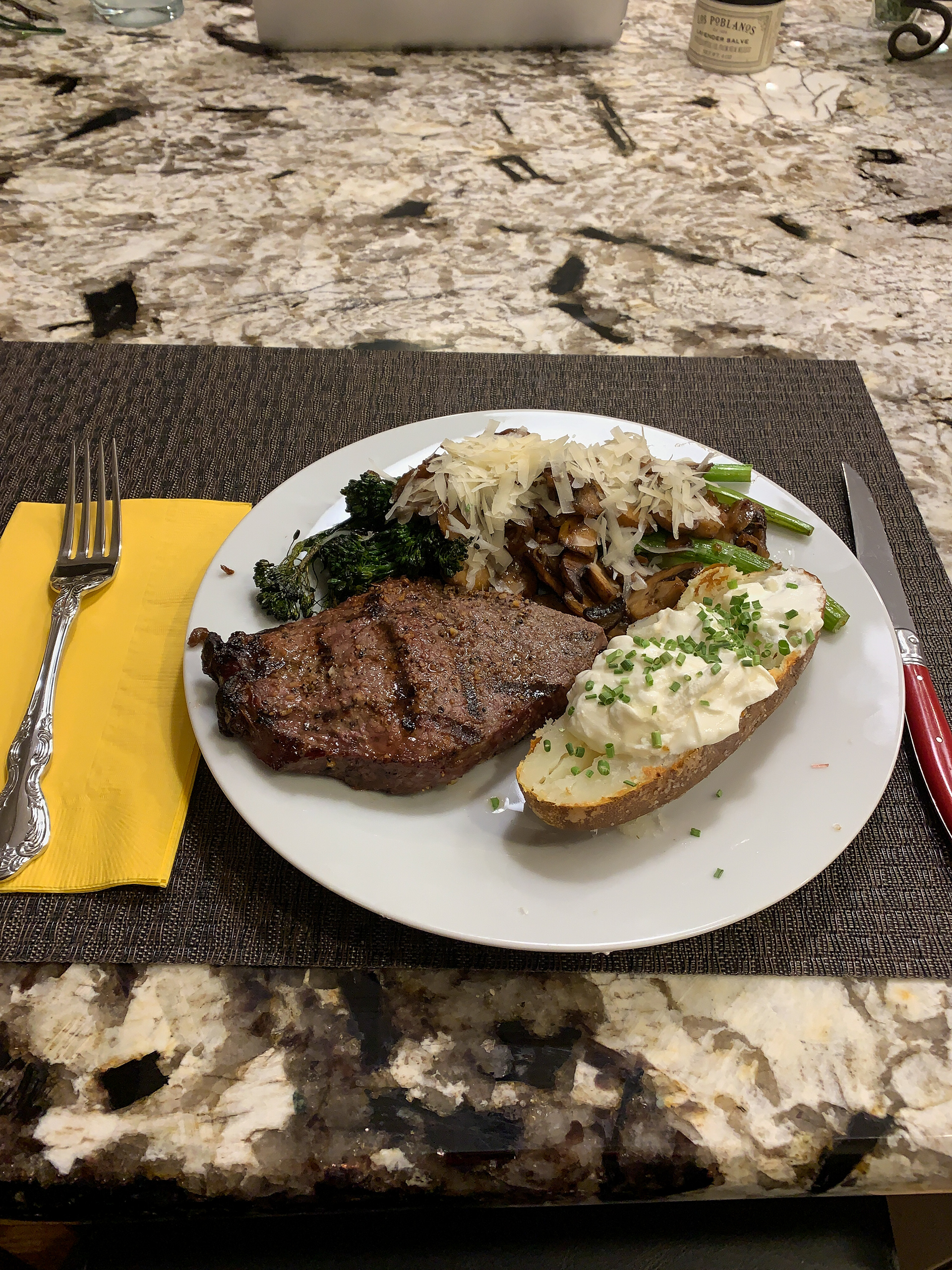
Steak
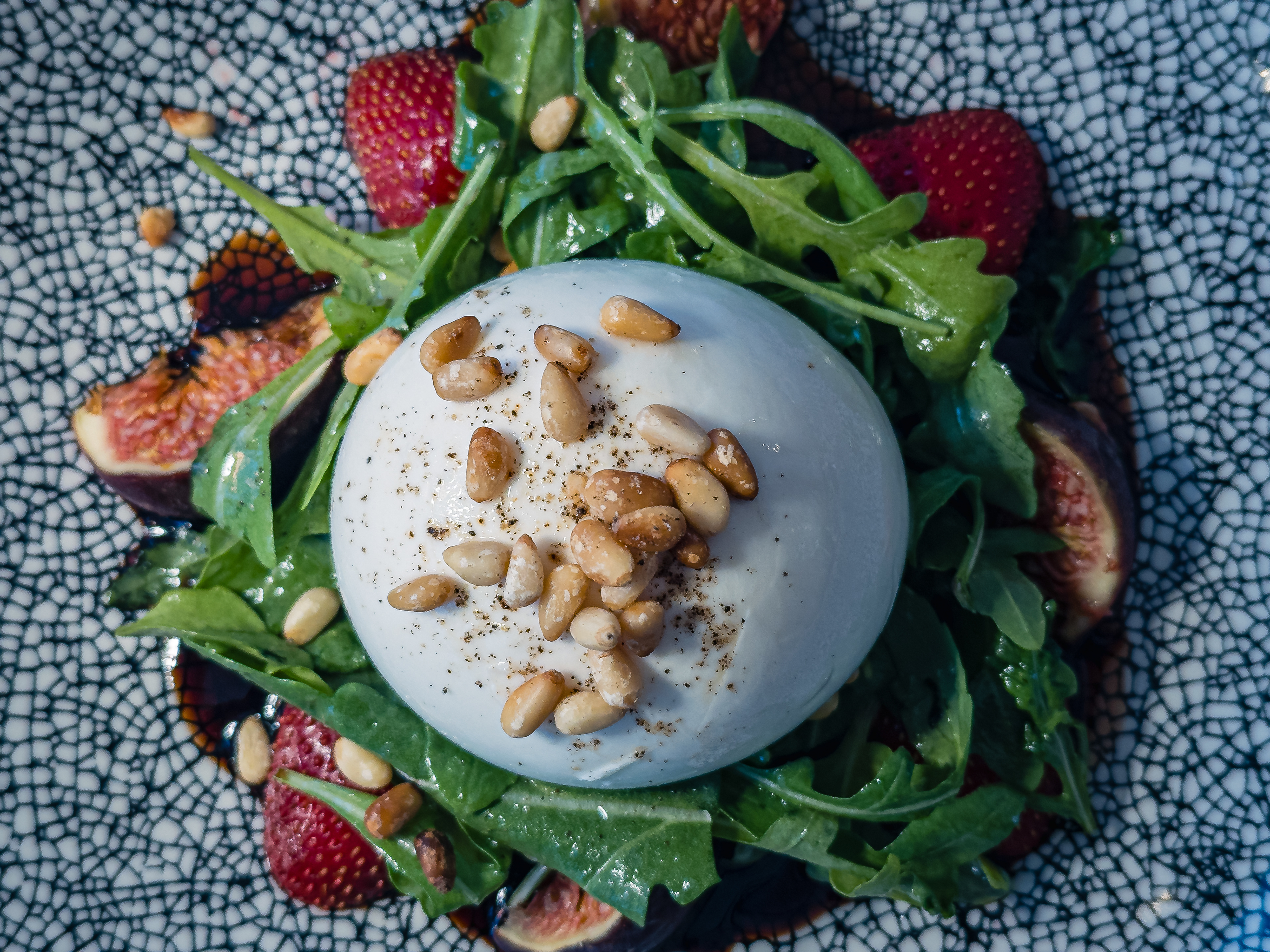
Salad
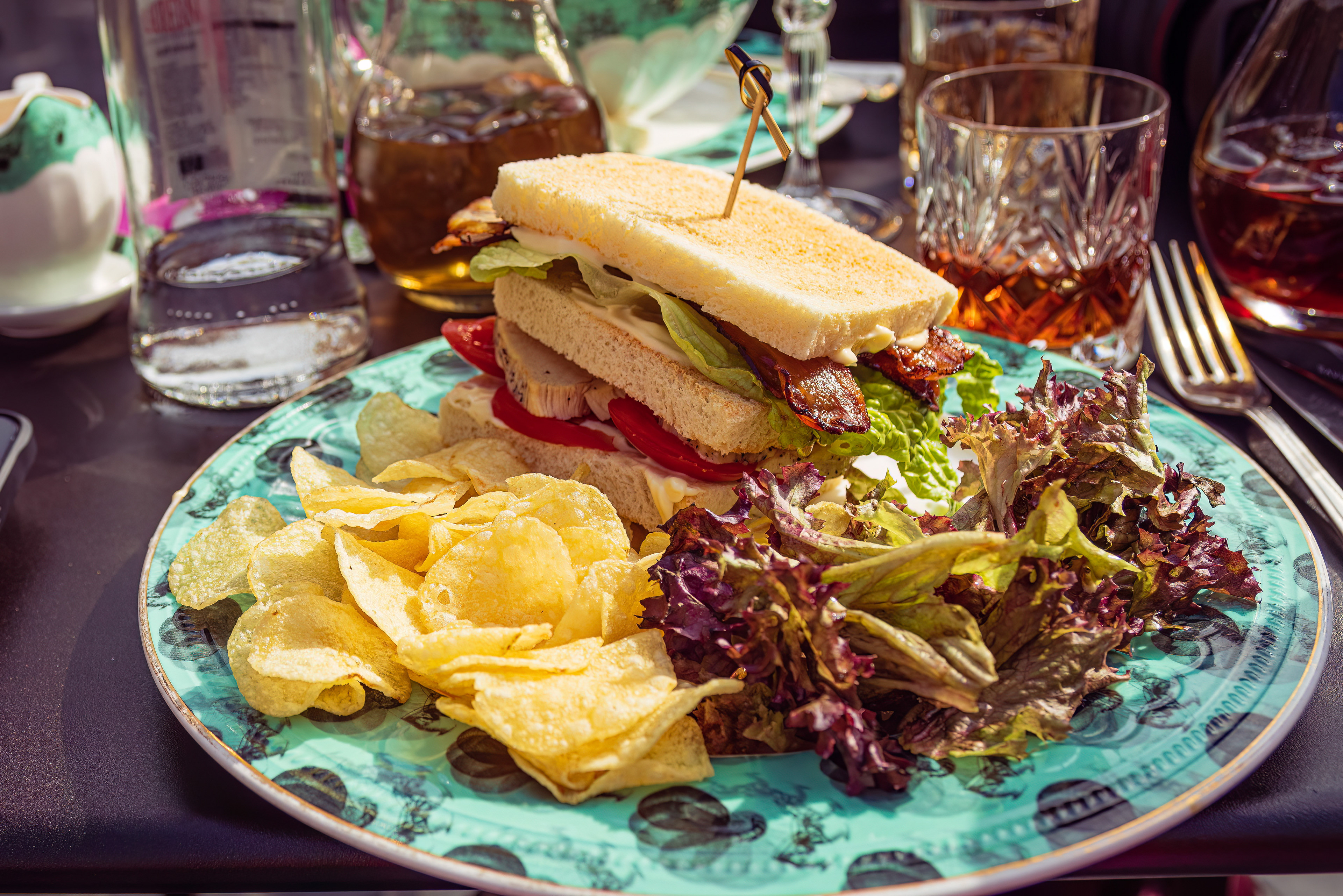
BLT
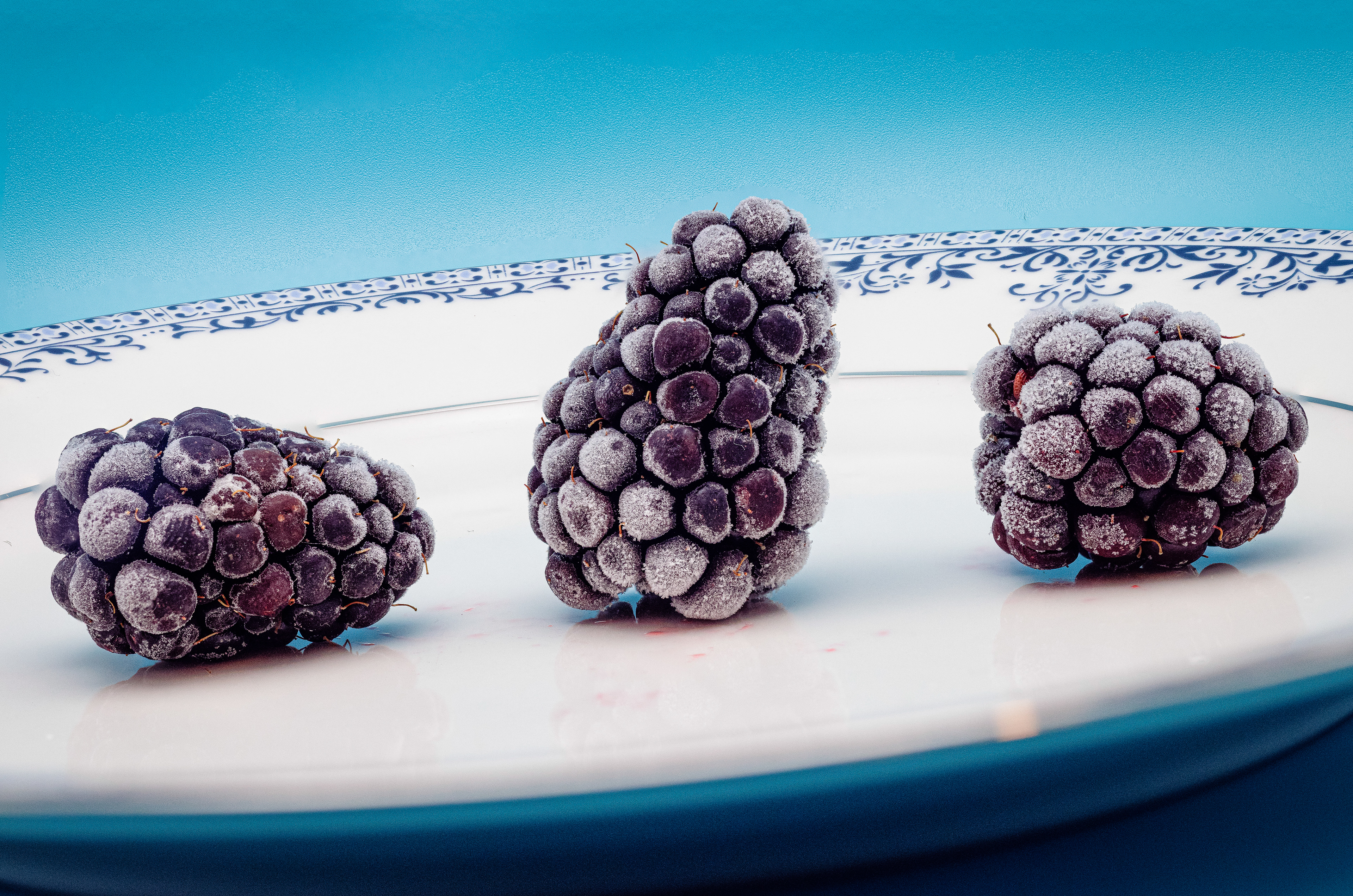
Raspberries
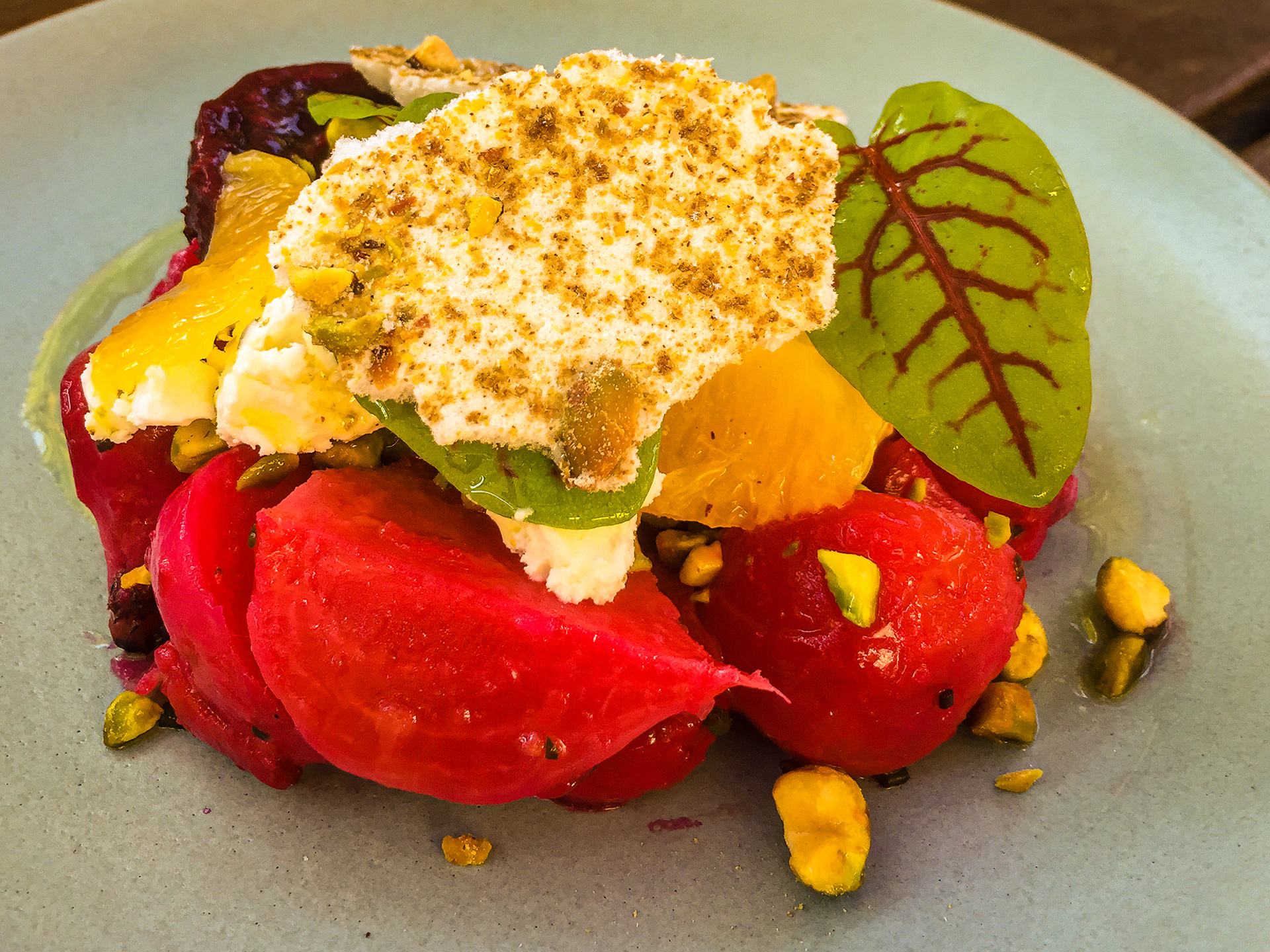
Beat Salad
Culinary Photography: A Photographer’s Perspective
Culinary photography is the art of capturing the beauty, texture, and essence of food in a way that tells a story and evokes emotion. For photographers, it’s a unique and rewarding challenge that combines technical skill, creativity, and an eye for detail. At its best, it transforms food into a visual masterpiece that ignites the senses. Commercial photographers and fine art photographers produce high quality images and photographers tend to specialize, into portrait photographers, landscape photographers, etc. While there are many types of photographers and many types of photography, the professional photographer can produce imAGES OF ASTROPHOTOGRAPHY INCLUDING FOOD SHOT ON LOCATION AS WELL AS OTHER interesting images.
The first and most critical element in culinary photography is lighting. Natural light is often favored because it adds a soft and authentic quality to food. A large window with diffused light creates gentle shadows and highlights textures, while backlighting can make steam or glossy surfaces pop. However, in studio settings, artificial lighting provides consistency and control, allowing photographers to create specific moods or mimic natural effects.
Composition is equally vital in making food visually appealing. Techniques such as the rule of thirds, leading lines, and negative space help direct the viewer’s attention to the dish. Flat lays work well for spreads, highlighting the arrangement of ingredients or multiple dishes, while a 45-degree angle captures the plate as a diner would see it. Attention to detail is crucial; every element on the plate and in the frame must feel intentional and harmonious.
Props and backgrounds are essential to creating a scene that complements the food. Rustic wooden boards, textured fabrics, or minimalist plates can add depth and context without distracting from the subject. Colors and textures in the surroundings are carefully chosen to enhance the food’s appeal, such as using warm tones for comfort foods or cool tones for refreshing dishes.
Timing is a significant challenge in culinary photography. Food doesn’t stay perfect for long—ice cream melts, greens wilt, and sauces dry. This means photographers must work quickly and efficiently, often collaborating with food stylists to ensure dishes look their best.
Culinary photography isn’t just about making food look good; it’s about evoking a sensory experience. The goal is to make viewers taste the crunch of a pastry, feel the warmth of a soup, or smell the zest of fresh herbs through a photograph. It’s about capturing the passion, artistry, and culture behind every dish.
Ultimately, culinary photography is a fusion of technical mastery and creative storytelling. It transforms food into more than just sustenance, elevating it into an art form that celebrates flavor, texture, and the joy of eating.
All of these images and nearly 2000 more are available for sale. Click the Link
Artworks are available in many styles and sizes—wall decor including Metal, Acrylic, and Canvas. Even cards and stationery! There are gifts for the home such as throw pillows/covers, tapestries, duvet covers, shower curtains, fleece blankets, and beach and bath towels. One-of-a-kind personal and fashion items include tote bags, phone cases, t-shirts and sweatshirts, mugs, yoga mats, and spiral notebooks.

Food Prep
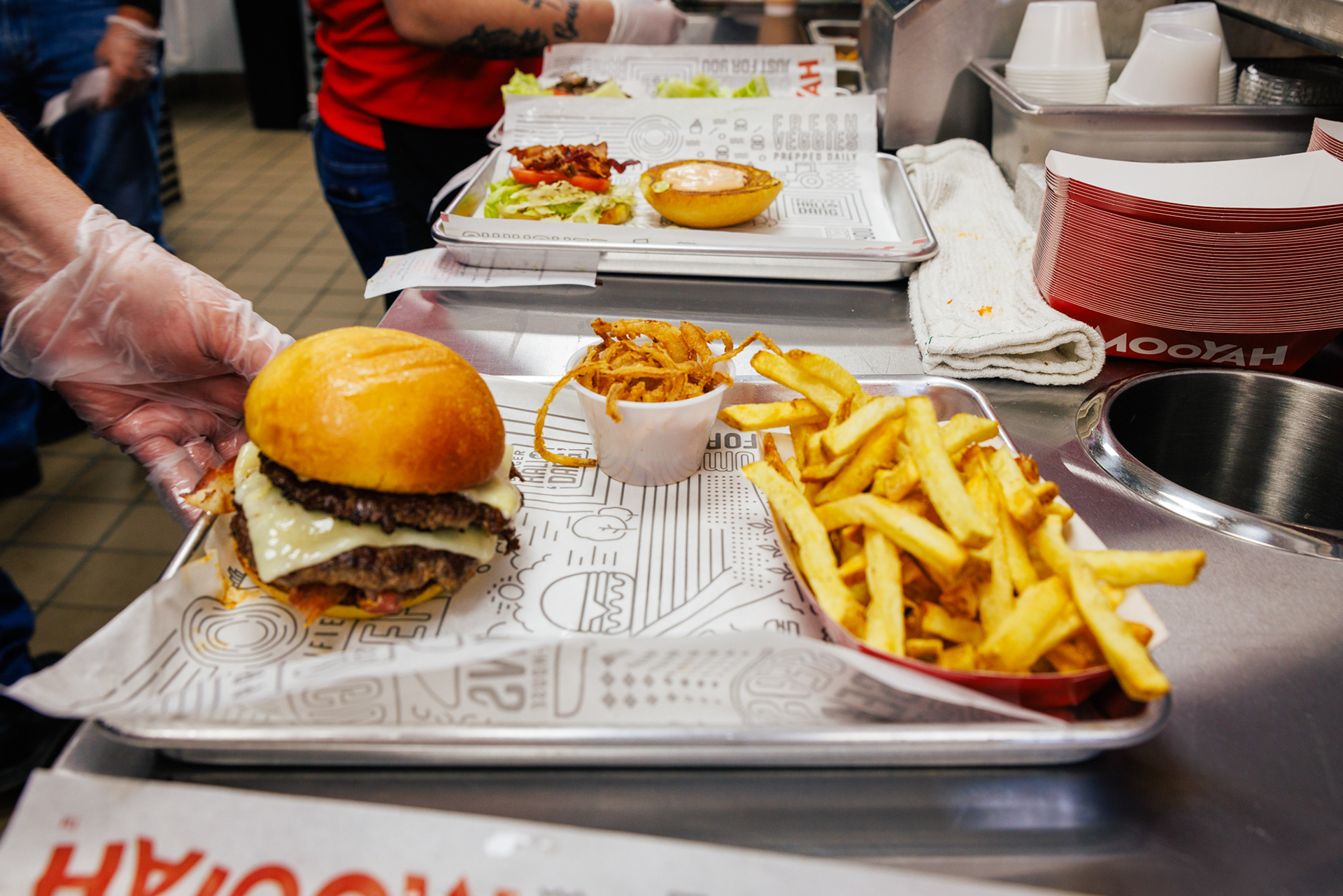
Mooyah Burger
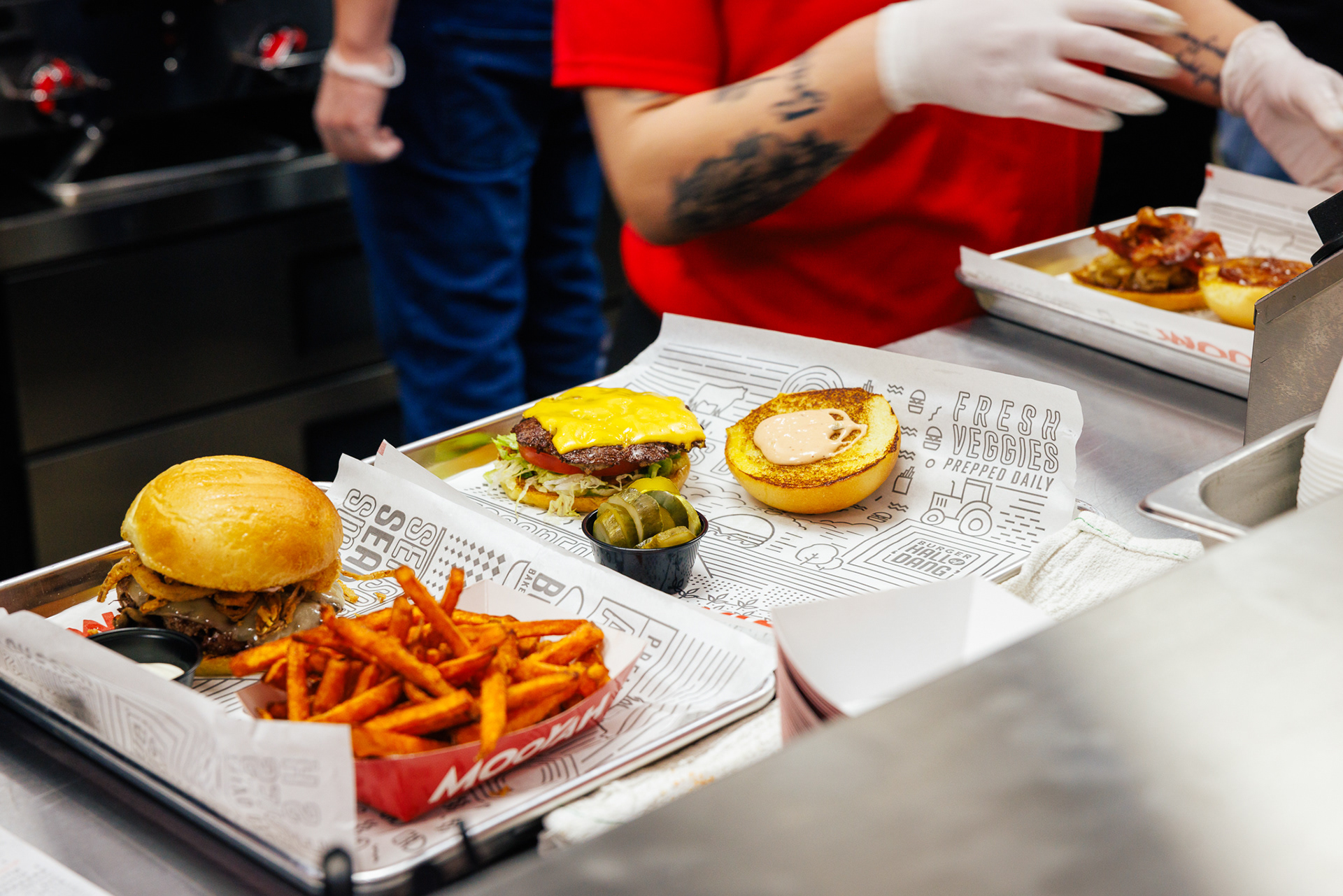
Burger and Fries
